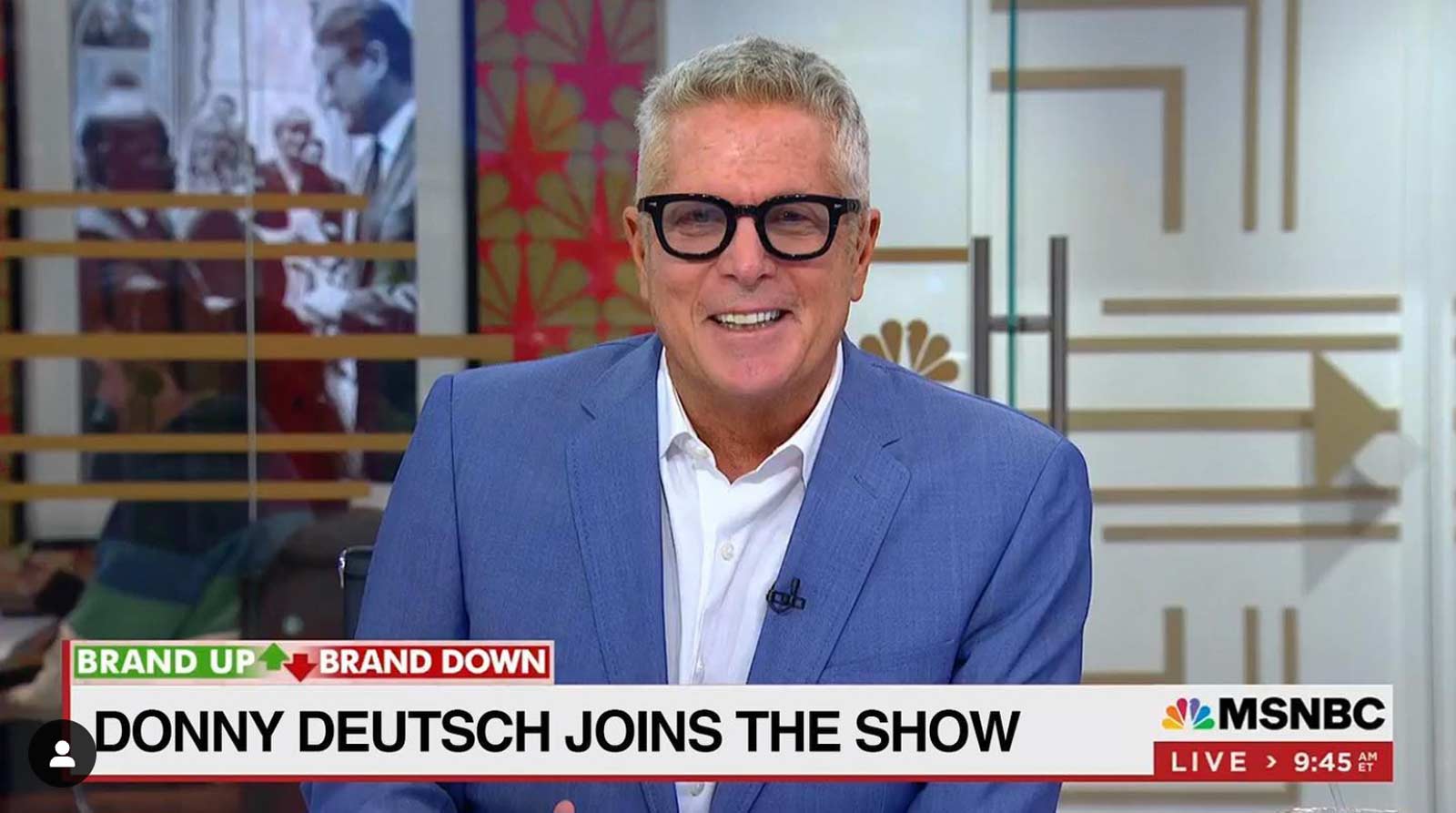At Amberfi, we’ve begun hosting (or co-hosting) regular community conversations about Web3 on Twitter Spaces, which seems to be a friendlier platform for the public than Discord (the favorite of hard-core Web3 stalwarts) or Zoom (which offers a little too much transparency for some tastes).
This week’s discussion tackled the fascinating topic of utility in NFTs (non-fungible tokens), a subject that will be getting increasing attention in the months and years ahead.

Head here to listen to the Twitter Spaces talk about NFT utility.
When you think of an NFT, our thoughts immediately go to the underlying digital asset that the NFT documents. But an NFT can contain more than a media object.

In our planning session for the event, Ellyse Trethric, Amberfi’s director of marketing and community, laid out a wide assorment of use cases for creatives adding a utility component to a utility.
For example, an NFT can provide the owner with access to certain events, social groups (such as a Discord), voting rights (particularly in a DAO), giveaways, physical goods, cryptocurrency staking rewards and more.
“In real life, musicians have been using utility for a long time,” Los Angeles photograper Barbara Davidson said. “These bands have all this built-in utility. ‘If you buy this particular ticket, you get access to the band five minutes before they go on stage,’ or you get to eat a taco with the lead singer. Utility creates this exclusive club, which a lot of people really dig in the NFT space. The in-real-life aspect of utility is all around us.”
VeeFriends as a prototype of NFT utility
During the session, I pointed to Gary Vaynerchuk’s VeeFriends community as the ultimate example of NFTs that aren’t much to look at but that unlock real-world value, such as entry to Gary’s VeeCon conference, gifts sent by US mail from Gary’s partnership with major brands and even a courtside seat next to Gary at a New York Knicks game.
Whenever we can get people to think about how NFTs can add value to their lives today, instead of associating it with the metaverse of tomorrow, that’s all to the good.
One obstacle to overcome is the technology. Ellyse pointed out that of the things holding back the wider adoption of utility in NFTs is how difficult it is to execute. How do you actually do it?
“How the hell do artists who aren’t smart contract professionals get that utility?” she said. “How do the mechanisms work? That’s one thing Amberfi is working on to help creators.”
Evan Mann, an educator and advisor, pointed out, “I spend a lot of time educating people [about NFTs], and there is this narrative that NFTs are art, which is somehow getting in the way of helping peope understand what is valuable to them. It’s not that art is the utility, it’s that NFTs add utility to art. [As these artists tell me], we don’t need NFTs to make art, we need NFTs to protect our art, our intellectal property,” through the recording of a work’s provenance on the blockchain.






